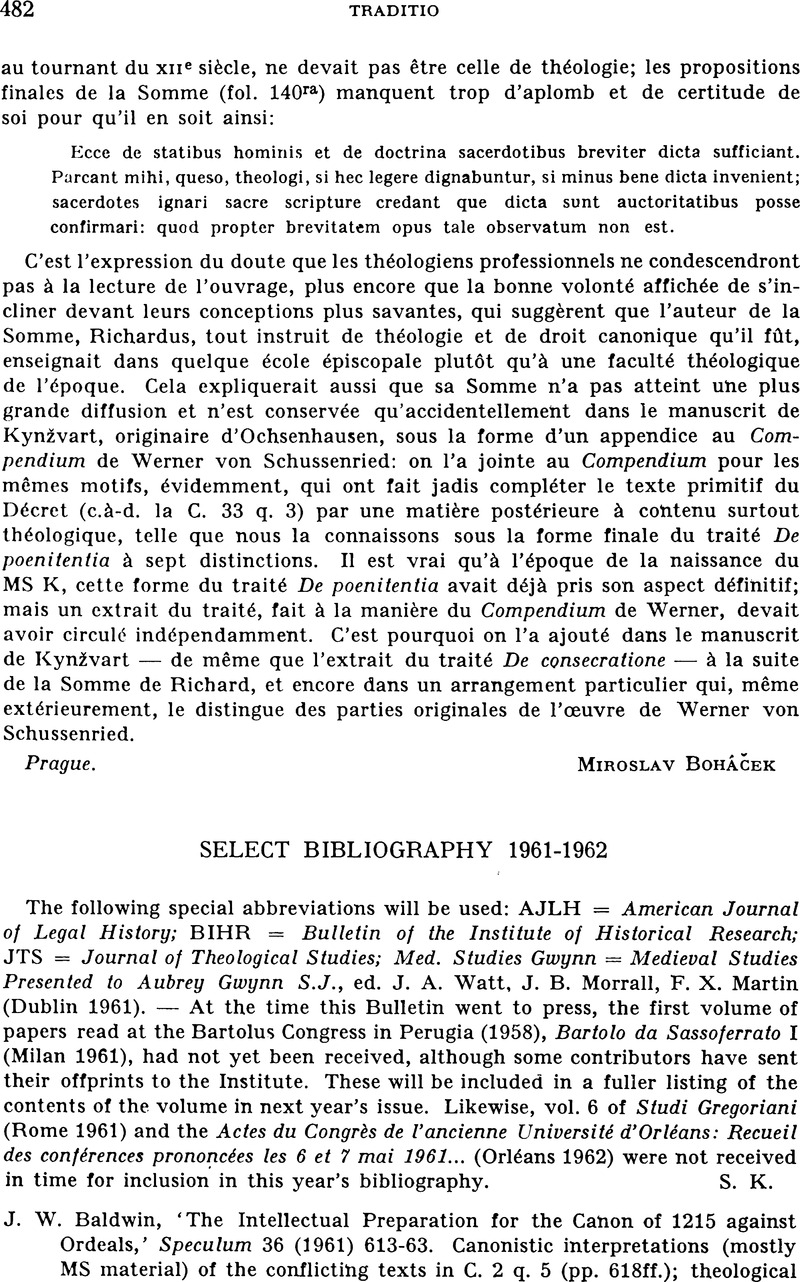Crossref Citations
This article has been cited by the following publications. This list is generated based on data provided by Crossref.
TANAKA, Tsutomu
and
OKANE, Kohji
1988.
Interaction between Gas and Liquid Caused by Jet Streams Blown to a Liquid Surface.
Tetsu-to-Hagane,
Vol. 74,
Issue. 8,
p.
1593.



